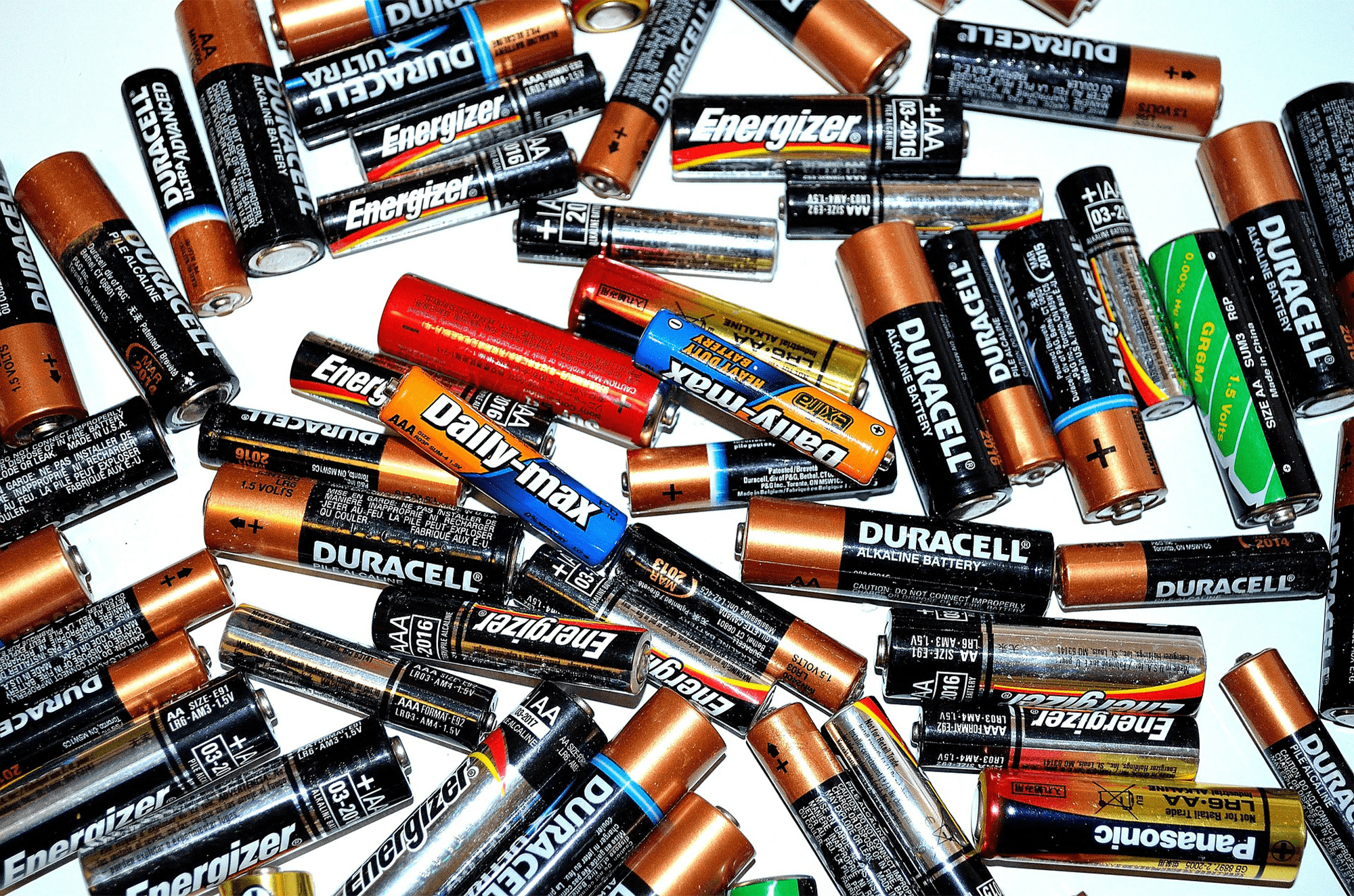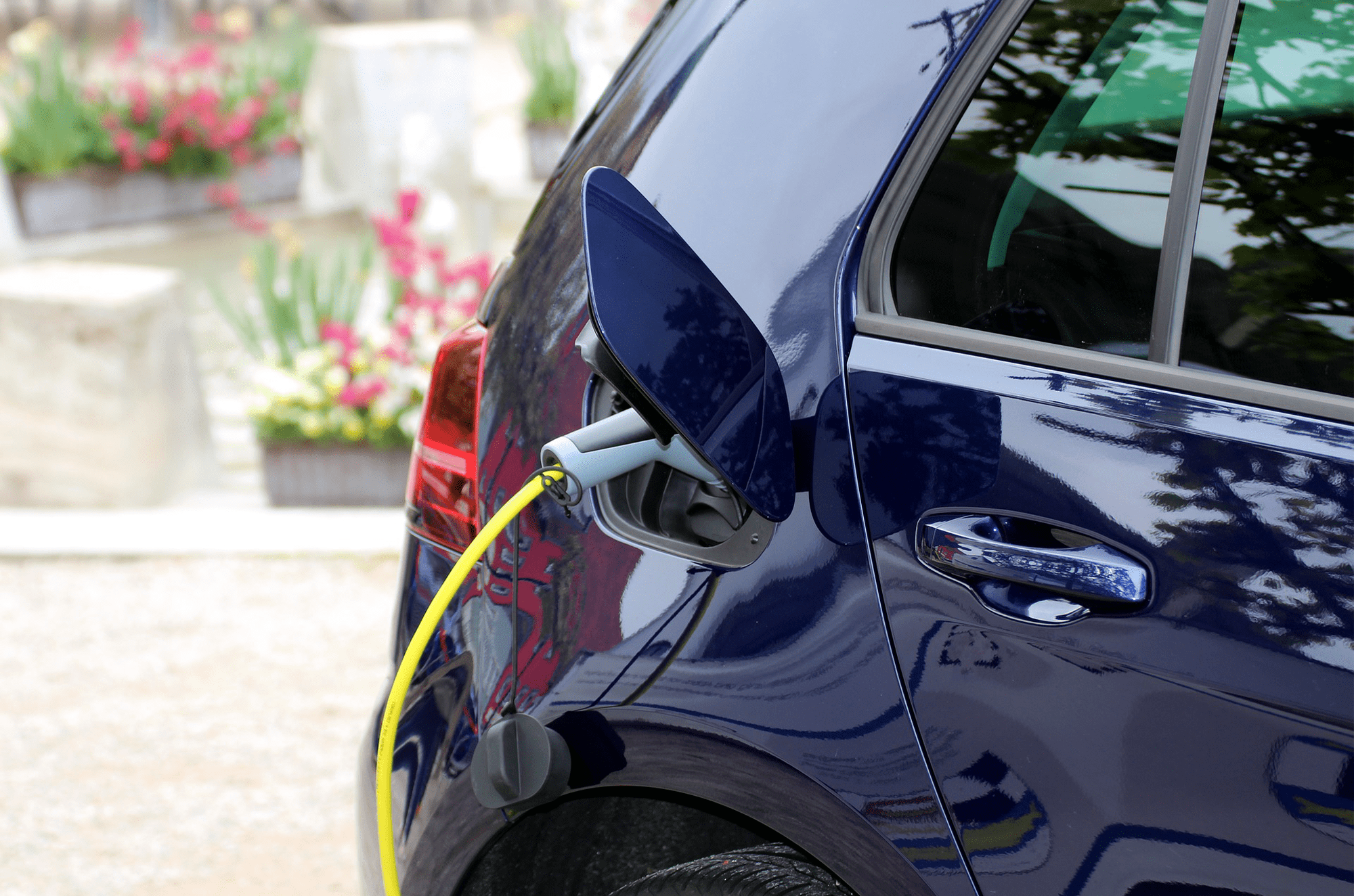Is it Necessary to Recycle Batteries
By Maria DeKoning
Nowadays, all of our electronics run on either single-use or rechargeable batteries. The makeup of these batteries differ depending on their intended use. It is estimated by the EPA that every year, millions of single-use and rechargeable batteries are bought by Americans and disposed of improperly.
The materials that make up these batteries are precious metals that need to be recycled and recovered for reuse. Read on to find out exactly why batteries need to be recycled, what the different batteries are, and how to properly dispose of your dead batteries.
Why Do They Need To Be Recycled?
The general makeup of batteries are metals such as lead, mercury, cadmium, nickel, silver, graphite, cobalt, and lithium. When disposed of into a landfill, these heavy metals can break down and leach into the soil, surface, and groundwater. The chemicals inside the batteries are released and infiltrate the environment of fish and wildlife. Not only that, the chemicals can also pose harmful effects to human health if ingested through the water or food we consume. All of the metals used in batteries are considered to be carcinogens by the American Cancer Association.
What are the Different Types of Batteries?
There are two categories that batteries can be divided into- single-use and rechargeable.
Single-Use Batteries
- Alkaline and Zinc-Carbon-These are the common everyday batteries that are used for TV remotes, calculators, toys, flashlights, etc. They are categorized based on size, whether they be AA, AAA, C, or D.
- Button Cell or Coin-Small and round batteries typically made up of lithium. They are most commonly used in hearing aids, watches, car remotes, medical devices, etc.
- Lithium Single-Use-Similar to alkaline and zinc-carbon batteries. They come in specialized shapes to fit specific equipment and can be used to power smoke detectors, cameras, handheld games, etc.
Rechargeable Batteries
- Nickel Cadmium-These batteries frequently resemble single-use, AA, or AAA batteries as they are shaped for their specific equipment, but are rechargeable and used in power tools, phones, biomedical equipment, etc.
- Lithium-Ion-These batteries are difficult to remove from their product and can create a fire hazard if bent, broken, or crushed. They are found in products such as laptops, digital cameras, appliances, e-cigarettes, etc.
- Nickel Metal Hydride-Found in older cell phones, two-way radios, and digital cameras. These batteries are less common than they used to be.
- Small Sealed Lead Acid-These batteries can be used as backup power for residential landline phones and power supplies for computers. They can also be used to power toy cars, hospital equipment, and emergency lighting.
Car Batteries

In NYS and most others it is illegal to discard automotive batteries according to a law signed in May of 1990.
- Lead Acid-These batteries could contain up to 18 pounds of lead and roughly one gallon of sulfuric acid that is corrosive and lead-contaminated. They are found in electric-powered cars, boats, golf carts, motorcycles, wheelchairs, all-terrain vehicles,
- Medium and Large-Scale Lithium-Ion-Most hybrid and electric vehicles on the market today have lithium-ion batteries that power them. They can also be used for energy storage systems, such as solar or wind storage.
Find a Battery Recycling Station Near You
The best way to find a battery recycling facility near you is to contact your local solid waste district. You can also check the EPA website for information on how certain batteries should be disposed of or look for a recycling solution in your district through this search engine.




